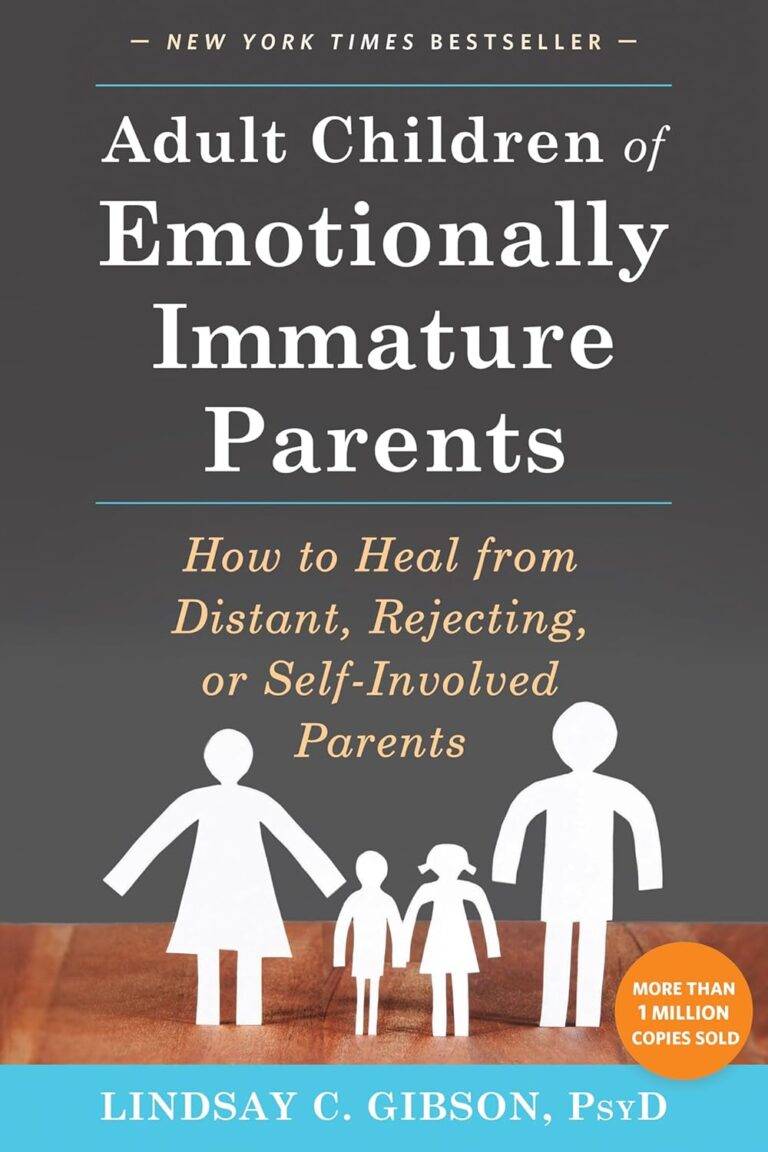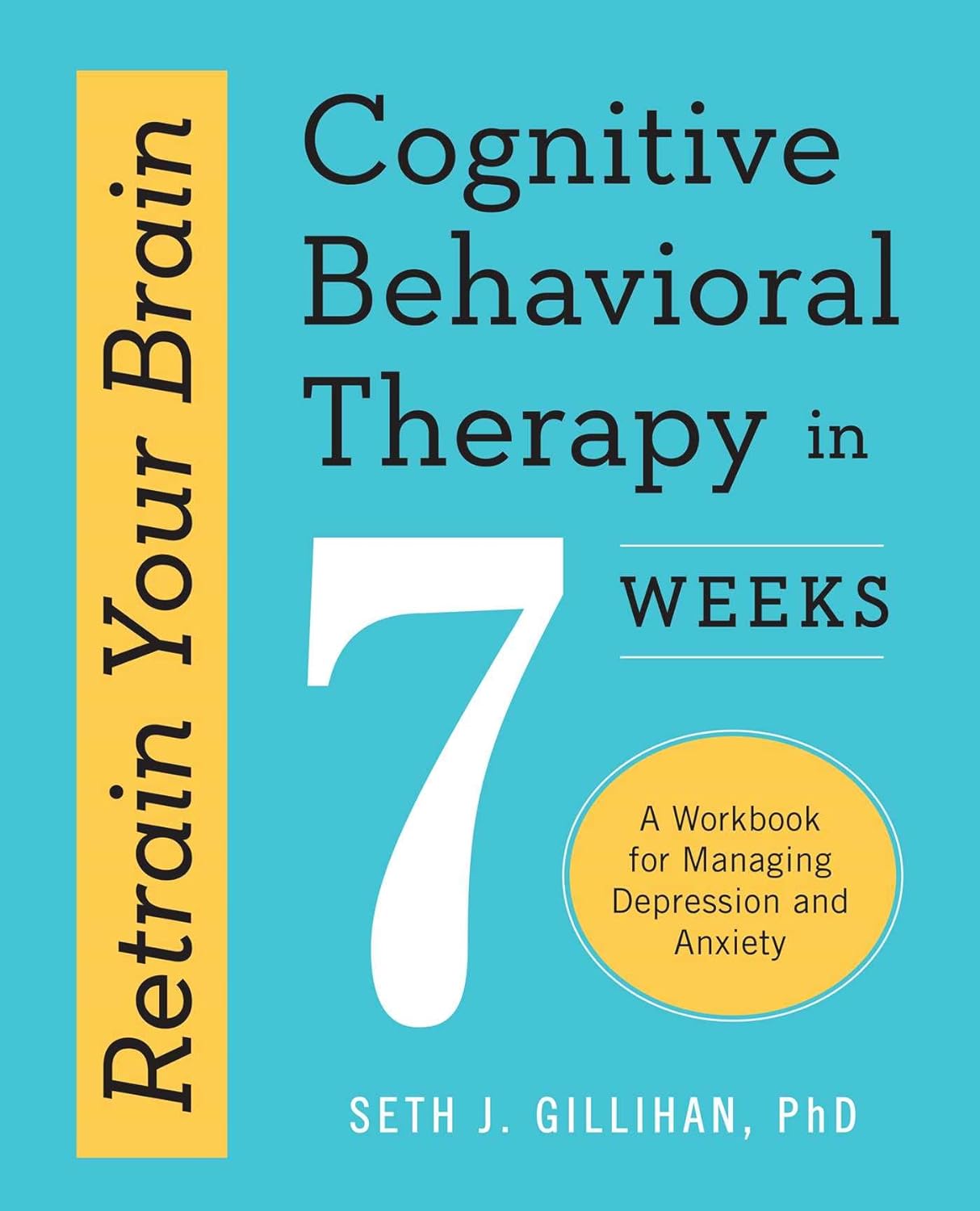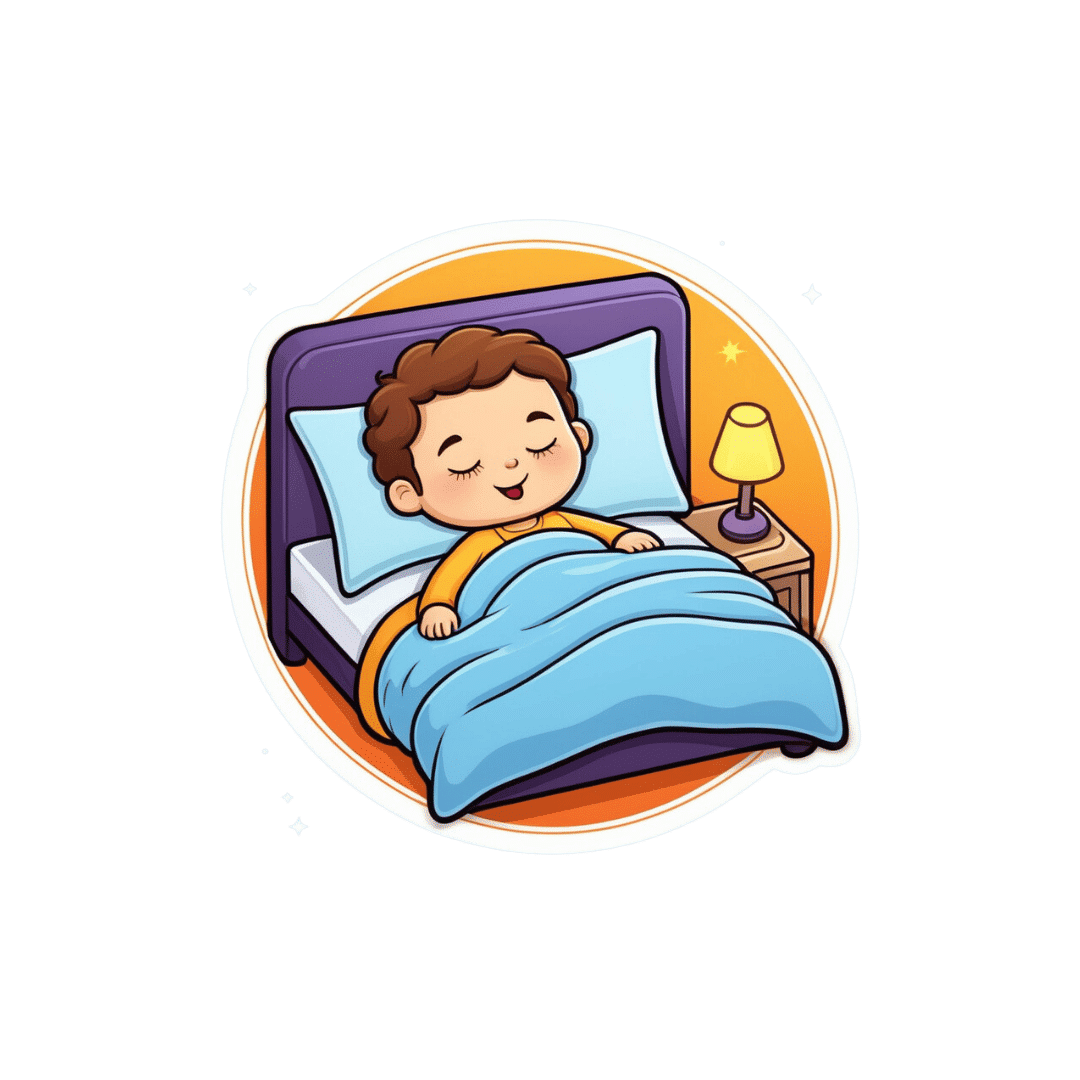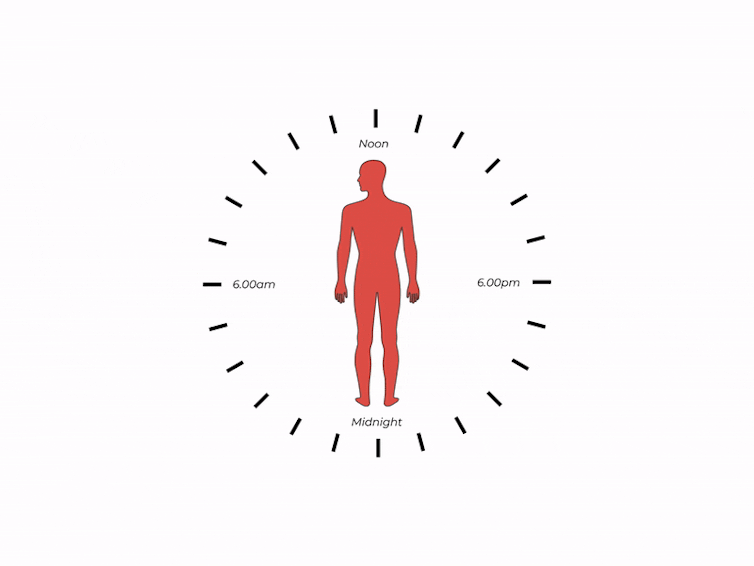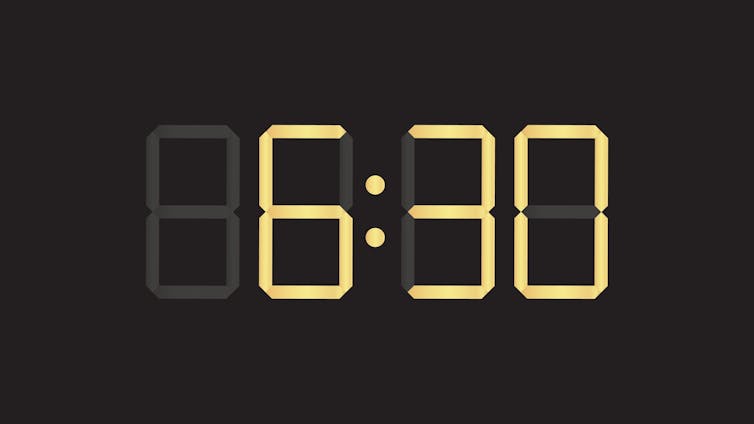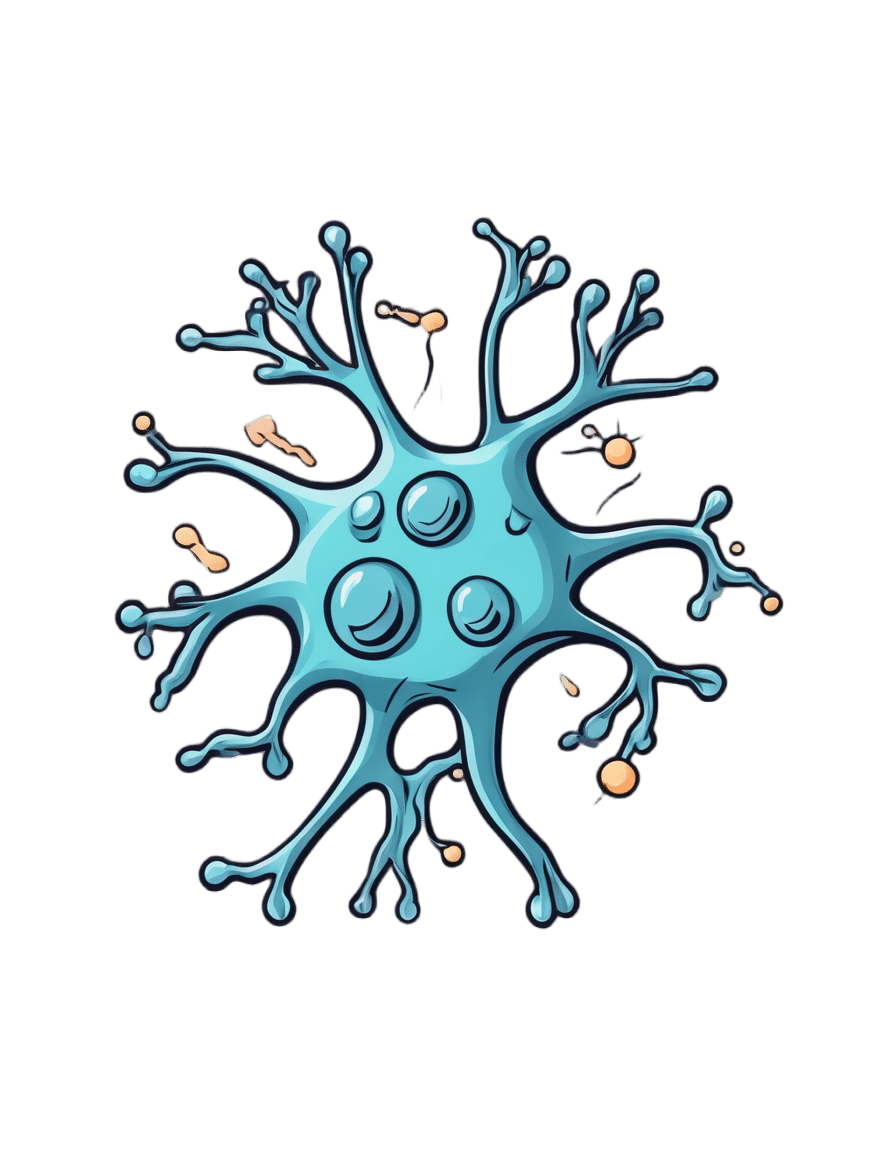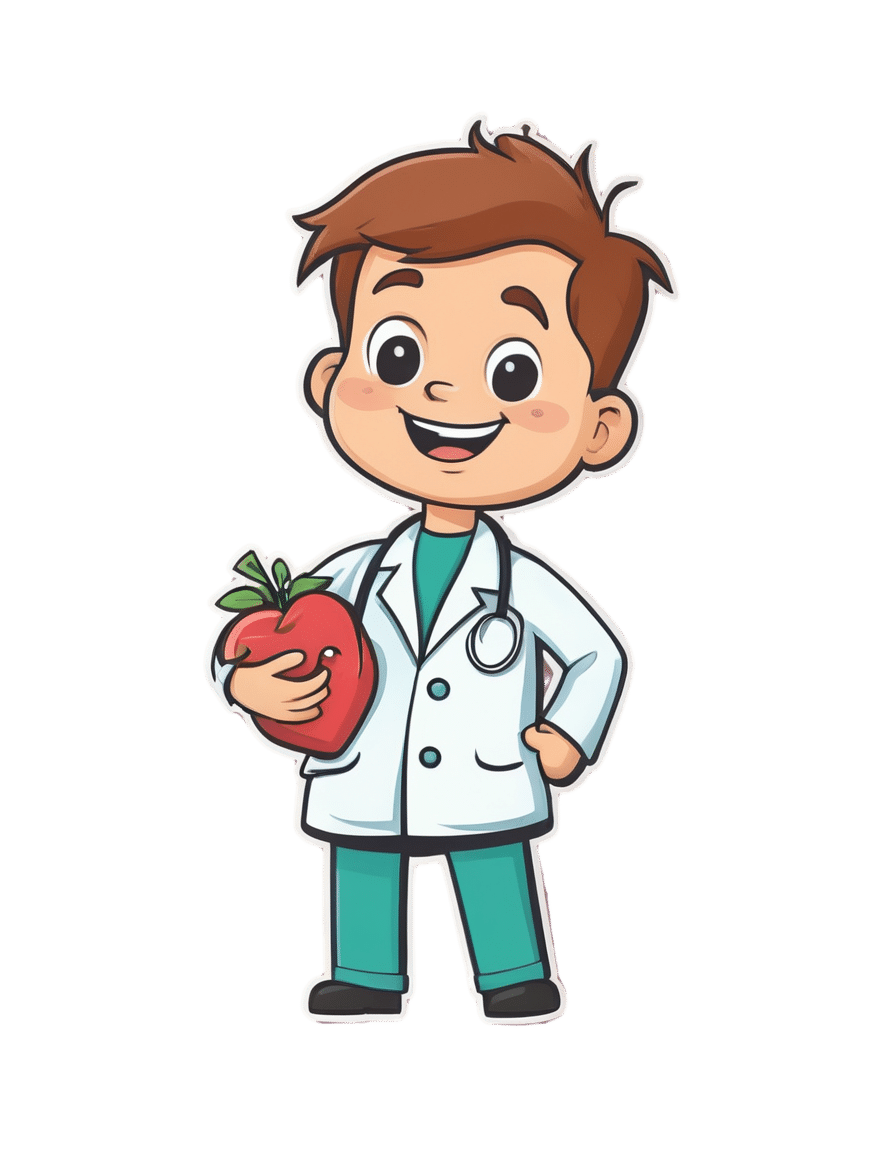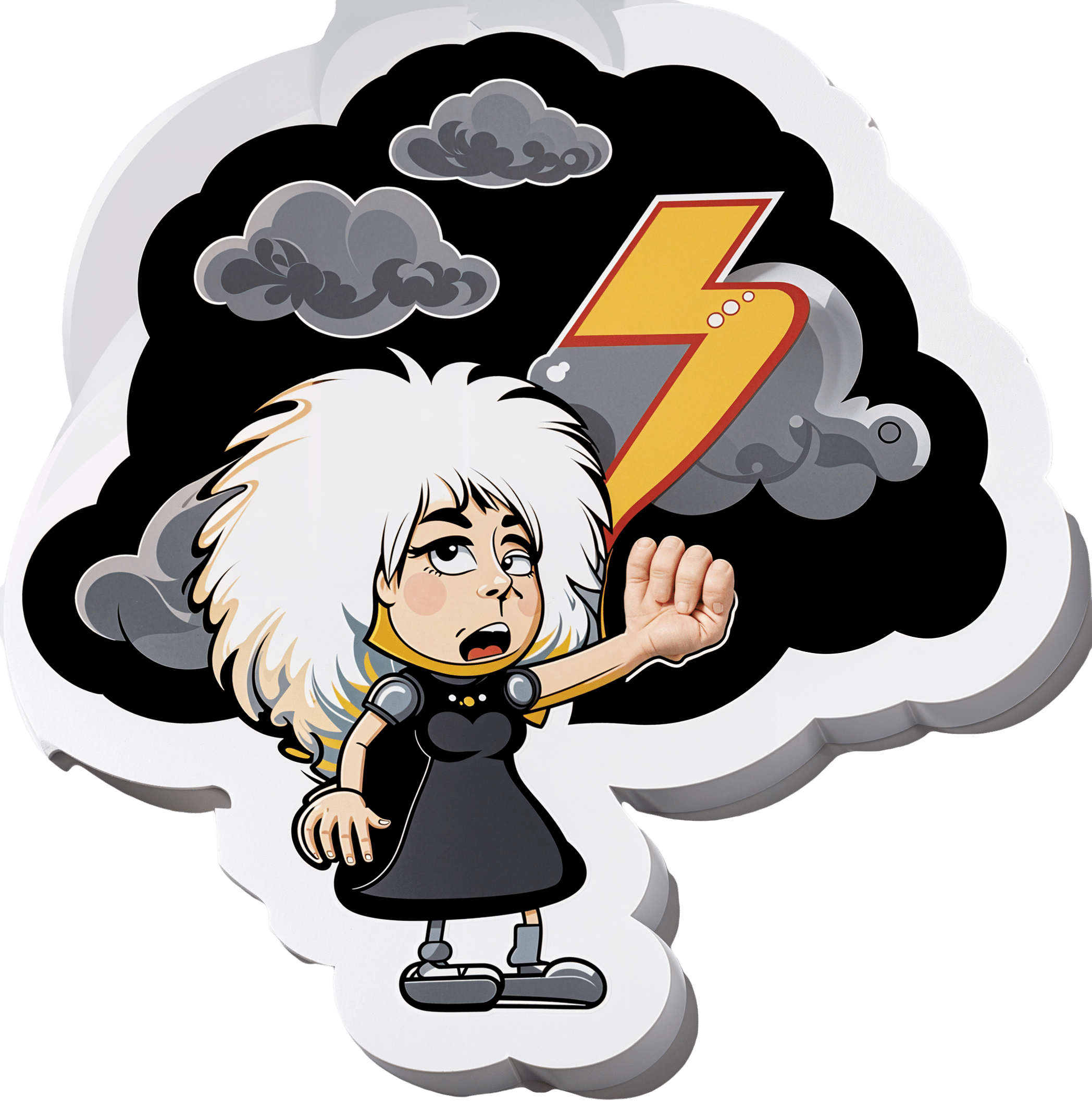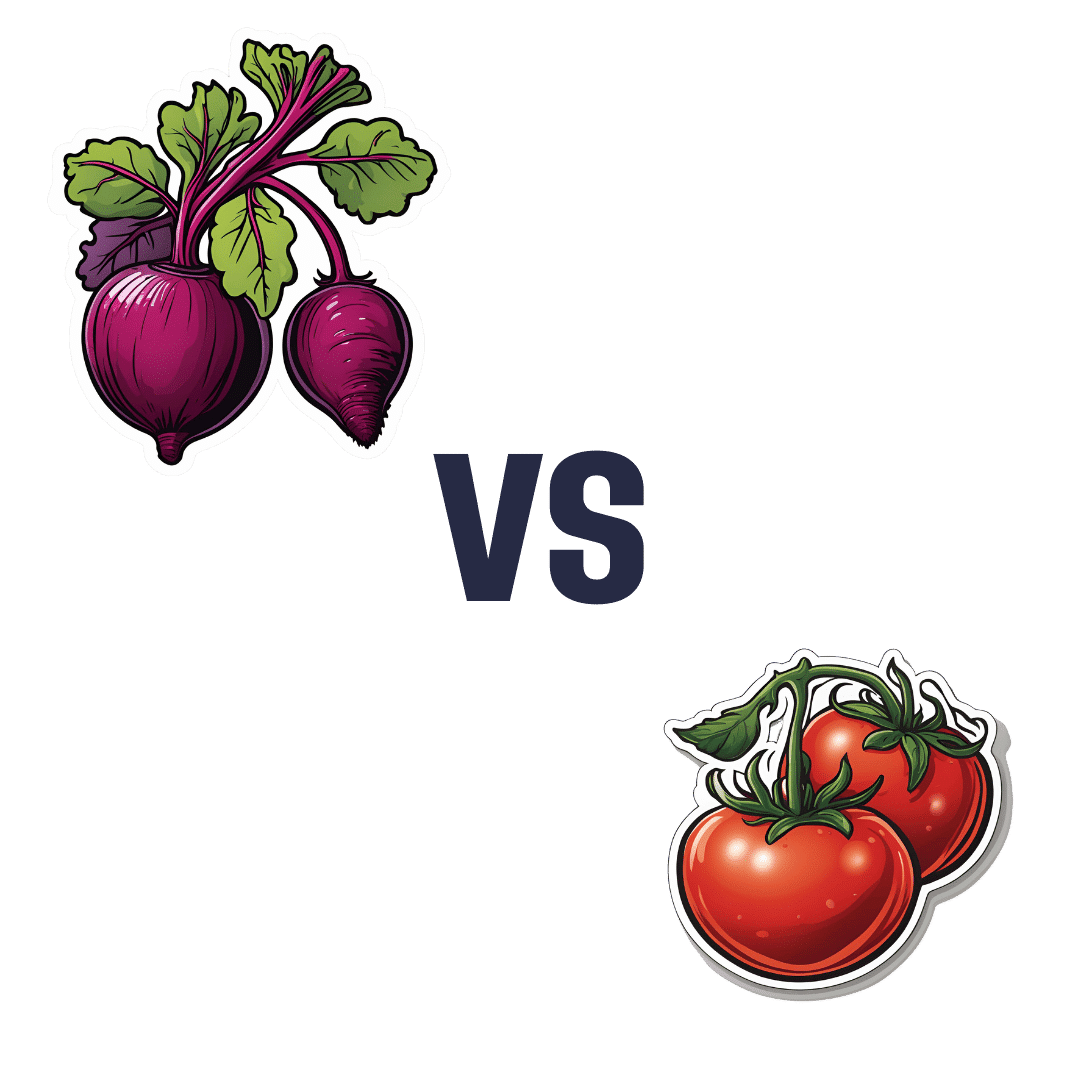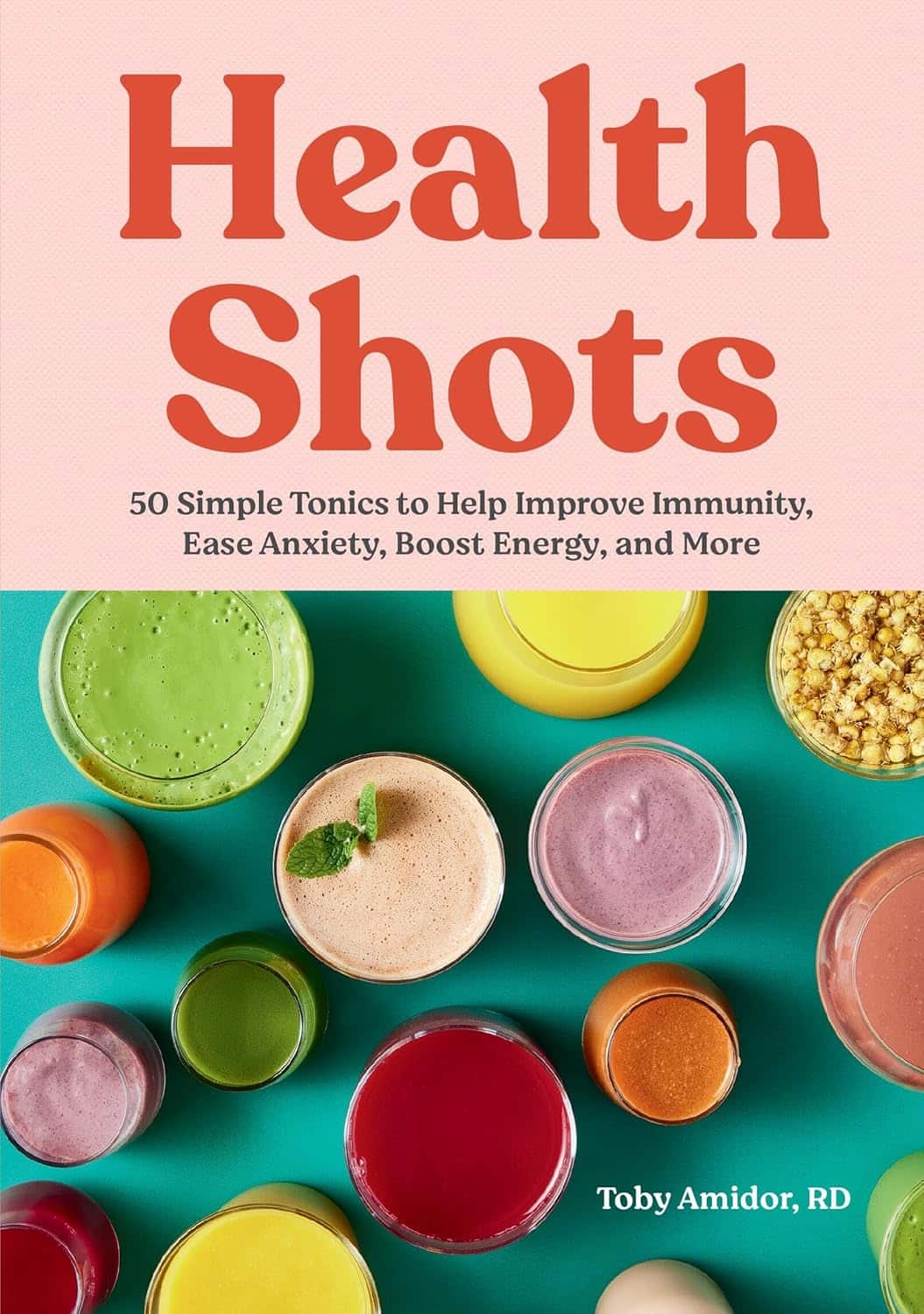
Health Shots − by Toby Amidor
10almonds is reader-supported. We may, at no cost to you, receive a portion of sales if you purchase a product through a link in this article.
First a quick note on qualifications: while not a doctor, she’s a RD, CDN, FAND, and as such, this is a very nutrition-focused book.
As a general rule of thumb, juices are unhealthy because of being largely liquid sugar and no fiber, but in this case:
- even the juice-based tonics are very small portions, so even if some have a high glycemic index, they’ll still have a low glycemic load, which means that having one is unlikely to spike blood glucose and thus insulin
- many of the tonics have fiber in any case, due to how they are made.
The tonics are divided into sections per what one wants to focus on, e.g. anti-inflammatory, brain health, sleep, gut health, skin/nails/hair, etc.
That said, some of the recipes are a little optimistic about how much effect the dosage present will have. For example, we calculate an an average of 0.03mg of resveratrol in her grape-based shot boasting resveratrol benefits. For contrast, resveratrol supplements range from 500mg to 200mg. So, to get the equivalent of the least generous supplement, you’d need to drink 16,667 shots.
Bottom line: some of the the health claims in this book are overstated, but by and large, it’s hard to go wrong consuming more plants, and these “health shots” are not a bad way to get a good dose of phytonutrients without hitting glycemic problems.
Don’t Forget…
Did you arrive here from our newsletter? Don’t forget to return to the email to continue learning!
Recommended
Learn to Age Gracefully
Join the 98k+ American women taking control of their health & aging with our 100% free (and fun!) daily emails:
-
Retrain Your Brain – by Dr. Seth Gillihan
10almonds is reader-supported. We may, at no cost to you, receive a portion of sales if you purchase a product through a link in this article.
15-Minute Arabic”, “Sharpen Your Chess Tactics in 24 Hours”, “Change Your Life in 7 Days”, “Cognitive Behavioral Therapy in 7 weeks”—all real books from this reviewer’s shelves.
The thing with books with these sorts of time periods in the titles is that the time period in the title often bears little relation to how long it takes to get through the book. So what’s the case here?
You’ll probably get through it in more like 7 days, but the pacing is more important than the pace. By that we mean:
Dr. Gillihan starts by assuming the reader is at best “in a rut”, and needs to first pick a direction to head in (the first “week”) and then start getting one’s life on track (the second “week”).
He then gives us, one by one, an array of tools and power-ups to do increasingly better. These tools aren’t just CBT, though of course that features prominently. There’s also mindfulness exercises, and holistic / somatic therapy too, for a real “bringing it all together” feel.
And that’s where this book excels—at no point is the reader left adrift with potential stumbling-blocks left unexamined. It’s a “whole course”.
Bottom line: whether it takes you 7 hours or 7 months, “Cognitive Behavioral Therapy in 7 Weeks” is a CBT-and-more course for people who like courses to work through. It’ll get you where you’re going… Wherever you want that to be for you!
Share This Post
-
How light tells you when to sleep, focus and poo
10almonds is reader-supported. We may, at no cost to you, receive a portion of sales if you purchase a product through a link in this article.
This is the next article in our ‘Light and health’ series, where we look at how light affects our physical and mental health in sometimes surprising ways. Read other articles in the series.
Exposure to light is crucial for our physical and mental health, as this and future articles in the series will show.
But the timing of that light exposure is also crucial. This tells our body to wake up in the morning, when to poo and the time of day to best focus or be alert. When we’re exposed to light also controls our body temperature, blood pressure and even chemical reactions in our body.
But how does our body know when it’s time to do all this? And what’s light got to do with it?
nymphoenix/Shutterstock What is the body clock, actually?
One of the key roles of light is to re-set our body clock, also known as the circadian clock. This works like an internal oscillator, similar to an actual clock, ticking away as you read this article.
But rather than ticking you can hear, the body clock is a network of genes and proteins that regulate each other. This network sends signals to organs via hormones and the nervous system. These complex loops of interactions and communications have a rhythm of about 24 hours.
In fact, we don’t have one clock, we have trillions of body clocks throughout the body. The central clock is in the hypothalamus region of the brain, and each cell in every organ has its own. These clocks work in concert to help us adapt to the daily cycle of light and dark, aligning our body’s functions with the time of day.
However, our body clock is not precise and works to a rhythm of about 24 hours (24 hours 30 minutes on average). So every morning, the central clock needs to be reset, signalling the start of a new day. This is why light is so important.
The central clock is directly connected to light-sensing cells in our retinas (the back of the eye). This daily re-setting of the body clock with morning light is essential for ensuring our body works well, in sync with our environment.
In parallel, when we eat food also plays a role in re-setting the body clock, but this time the clock in organs other than the brain, such as the liver, kidneys or the gut.
So it’s easy to see how our daily routines are closely linked with our body clocks. And in turn, our body clocks shape how our body works at set times of the day.
What time of day?
Matt Garrow/The Conversation. Adapted from Delos, CC BY Let’s take a closer look at sleep
The naturally occurring brain hormone melatonin is linked to our central clock and makes us feel sleepy at certain times of day. When it’s light, our body stops making melatonin (its production is inhibited) and we are alert. Closer to bedtime, the hormone is made, then secreted, making us feel drowsy.
Our sleep is also partly controlled by our genes, which are part of our central clock. These genes influence our chronotype – whether we are a “lark” (early riser), “night owl” (late sleeper) or a “dove” (somewhere in between).
But exposure to light at night when we are supposed to be sleeping can have harmful effects. Even dim light from light pollution can impair our heart rate and how we metabolise sugar (glucose), may lead to psychiatric disorders such as depression, anxiety and bipolar disorder, and increases the overall risk of premature death.
The main reason for these harmful effects is that light “at the wrong time” disturbs the body clock, and these effects are more pronounced for “night owls”.
This “misaligned” exposure to light is also connected to the detrimental health effects we often see in people who work night shifts, such as an increased risk of cancer, diabetes and heart disease.
How about the gut?
Digestion also follows a circadian rhythm. Muscles in the colon that help move waste are more active during the day and slow down at night.
The most significant increase in colon movement starts at 6.30am. This is one of the reasons why most people feel the urge to poo in the early morning rather than at night.
The gut’s day-night rhythm is a direct result of the action of the gut’s own clock and the central clock (which synchronises the gut with the rest of the body). It’s also influenced by when we eat.
At 6.30am, your gut really begins to get going for the day. Rendra Dria Septia Aji/Shutterstock How about focusing?
Our body clock also helps control our attention and alertness levels by changing how our brain functions at certain times of day. Attention and alertness levels improve in the afternoon and evening but dip during the night and early morning.
Those fluctuations impact performance and can lead to decreased productivity and an increased risk of errors and accidents during the less-alert hours.
So it’s important to perform certain tasks that require our attention at certain times of day. That includes driving. In fact, disruption of the circadian clock at the start of daylight savings – when our body hasn’t had a chance to adapt to the clocks changing – increases the risk of a car accident, particularly in the morning.
What else does our body clock control?
Our body clock influences many other aspects of our biology, including:
- physical performance by controlling the activity of our muscles
- blood pressure by controlling the system of hormones involved in regulating our blood volume and blood vessels
- body temperature by controlling our metabolism and our level of physical activity
- how our body handles drugs and toxins by controlling enzymes involved in how the liver and kidneys eliminate these substances from the body.
If you can, avoid driving long distances at night, as you’ll be less alert. trendobjects/Shutterstock Morning light is important
But what does this all mean for us? Exposure to light, especially in the morning, is crucial for synchronising our circadian clock and bodily functions.
As well as setting us up for a good night’s sleep, increased morning light exposure benefits our mental health and reduces the risk of obesity. So boosting our exposure to morning light – for example, by going for a walk, or having breakfast outside – can directly benefit our mental and metabolic health.
However, there are other aspects about which we have less control, including the genes that control our body clock.
Frederic Gachon, Associate Professor, Physiology of Circadian Rhythms, Institute for Molecular Bioscience, The University of Queensland and Benjamin Weger, NHMRC Emerging Leadership Fellow Institute for Molecular Bioscience, The University of Queensland
This article is republished from The Conversation under a Creative Commons license. Read the original article.
Share This Post
-
Neurotransmitter Cheatsheet
10almonds is reader-supported. We may, at no cost to you, receive a portion of sales if you purchase a product through a link in this article.
Which Neurotransmitter?
There are a lot of neurotransmitters that are important for good mental health (and, by way of knock-on effects, physical health).
However, when pop-science headlines refer to them as “feel-good chemicals” (yes but which one?!) or “the love molecule” (yes but which one?!) or other such vague names when referring to a specific neurotransmitter, it’s easy to get them mixed up.
So today we’re going to do a little disambiguation of some of the main mood-related neurotransmitters (there are many more, but we only have so much room), and what things we can do to help manage them.
Dopamine
This one predominantly regulates reward responses, though it’s also necessary for critical path analysis (e.g. planning), language faculties, and motor functions. It makes us feel happy, motivated, and awake.
To have more:
- eat foods that are rich in dopamine or its precursors such as tyrosine (bananas and almonds are great)
- do things that you find rewarding
Downsides: is instrumental in most addictions, and also too much can result in psychosis. For most people, that level of “too much” isn’t obtainable due to the homeostatic system, however.
See also: Rebalancing Dopamine (Without “Dopamine Fasting”)
Serotonin
This one predominantly helps regulate our circadian rhythm. It also makes us feel happy, calm, and awake.
To have more:
- get more sunlight, or if the light must be artificial, then (ideally) full-spectrum light, or (if it’s what’s available) blue light
- spend time in nature; we are hardwired to feel happy in the environments in which we evolved, which for most of human history was large open grassy expanses with occasional trees (however, for modern purposes, a park or appropriate garden will suffice).
Downsides: this is what keeps us awake at night if we had too much light before bed, and also too much serotonin can result in (potentially fatal) serotonin syndrome. Most people can’t get that much serotonin due to our homeostatic system, but some drugs can force it upon us.
See also: Seasonal Affective Disorder Strategies
Oxytocin
This one predominantly helps us connect to others on an emotional level. It also makes us feel happy, calm, and relaxed.
To have more:
- hug a loved one (or even just think about doing so, if they’re not available)
- look at pictures/videos of cute puppies, kittens, and the like—this triggers a similar response
Downsides: negligible. Socially speaking, it can cause us to drop our guard, most for most people most of the time, this is not a problem. It can also reduce sexual desire—it’s in large part responsible for the peaceful lulled state post-orgasm. It’s not responsible for the sleepiness in men though; that’s mostly prolactin.
See also: Only One Kind Of Relationship Promotes Longevity This Much!
Adrenaline
This one predominantly affects our sympathetic nervous system; it elevates heart rate, blood pressure, and other similar functions. It makes us feel alert, ready for action, and energized.
To have more:
- listen to a “power anthem” piece of music. What it is can depend on your musical tastes; whatever gets you riled up in an empowering way.
- engage in something competitive that you feel strongly about while doing it—or by the same mechanism, a solitary activity where the stakes feel high even if it’s actually quite safe (e.g. watching a thriller or a horror movie, if that’s your thing).
Downsides: its effects are not sustainable, and (in cases of chronic stress) the body will try to sustain them anyway, which has a deleterious effect. Because adrenaline and cortisol are closely linked, chronically high adrenal action will tend to mean chronically high cortisol also.
See also: Lower Your Cortisol! (Here’s Why & How)
PS: it is also called epinephrine, and chemically different but almost identical in most ways, noradrenaline or norepinephrine
Some final words
You’ll notice that in none of the “how to have more” did we mention drugs. That’s because:
- a drug-free approach is generally the best thing to try first, at the very least
- there are simply a lot of drugs to affect each one (or more), and talking about them would require talking about each drug in some detail.
However, the following may be of interest for some readers:
Antidepressants: Personalization Is Key!
Take care!
Share This Post
Related Posts
-
Monosodium Glutamate: Sinless Flavor-Enhancer Or Terrible Health Risk?
10almonds is reader-supported. We may, at no cost to you, receive a portion of sales if you purchase a product through a link in this article.
What’s The Deal With MSG?
There are a lot of popular beliefs about MSG. Is there a grain of truth, or should we take them with a grain of salt? We’ll leap straight into myth-busting:
MSG is high in salt
True (technically) False (practically)
- MSG is a salt (a monosodium salt of L-glutamic acid), but to call it “full of salt” in practical terms is like calling coffee “full of fruit”. (Coffee beans are botanically fruit)
- It does contain sodium, though which is what the S stands for!
- We talked previously about how MSG’s sodium content is much lower than that of (table) salt. Specifically, it’s about one third of that of sodium chloride (e.g. table salt).
MSG triggers gluten sensitivity
False!
Or at least, because this kind of absolute negative is hard to prove in science, what we can say categorically is: it does not contain gluten. We understand that the similar name can cause that confusion. However:
- Gluten is a protein, found in wheat (and thus wheat-based foods).
- Glutamate is an amino acid, found in protein-rich foods.
- If you’re thinking “but proteins are made from amino acids”, yes, they are, but the foundational amino acid of gluten is glutamine, not glutamate. Different bricks → different house!
The body can’t process MSG correctly
False!
The body has glutamate receptors throughout the gut and nervous system.
The body metabolizes glutamate from MSG just the same as from any other food that contains it naturally.
Read: Update on food safety of monosodium l-glutamate (MSG) ← evidence-based safety review
MSG causes “Chinese Restaurant Syndrome”
False!
Racism causes that. It finds its origins in what was originally intended as a satirical joke, that the papers picked up and ran with, giving it that name in the 1960s. As to why it grew and persisted, that has more to do with US politics (the US has been often at odds with China for a long time) and xenophobia (people distrust immigrants, such as those who opened restaurants), including nationalistic rhetoric associating immigrants with diseases.
Read: Xenophobia in America in the Age of Coronavirus and Beyond ← academic paper that gives quite a compact yet comprehensive overview
Research science, meanwhile, has not found any such correlation, in more than 40 years of looking.
PS: we realize this item in the list is very US-centric. Apologies to our non-US subscribers. We know that this belief isn’t so much of a thing outside the US—though it certainly can crop up elsewhere sometimes, too.
Are there any health risks associated with MSG, then?
Well, as noted, it does contain sodium, albeit much less than table salt. So… do go easy on it, all the same.
Aside from that, the LD50 (a way of measuring toxicity) of MSG is 15.8g/kg, so if for example you weigh 150lb (68 kg), don’t eat 2.2lb (a kilogram) of MSG.
There have been some studies on rats (or in one case, fruit flies) that found high doses of MSG could cause heart problems and/or promote obesity. However:
- this has not been observed to be the case in humans
- those doses were really high, ranging from 1g/kg to 8g/kg. So that’d be the equivalent of our 150lb person eating it by the cupful
- it was injected (as a solution) into the rats, not ingested by them
- so don’t let someone inject you with a cup of MSG!
Read: A review of the alleged health hazards of monosodium glutamate
Bottom line on MSG and health:
Enjoy in moderation, but enjoy if you wish! MSG is just the salt form of the amino acid glutamate, which is found naturally in many foods, including shrimp, seaweed, and tomatoes.
Scientists have spent more than 40 years trying to find health risks for MSG, and will probably keep trying (which is as science should be), but for now… Everything has either come up negative, or has been the result of injecting laboratory animals with megadoses.
If you’d like to try it in your cooking as a low-sodium way to bring out the flavor of your dishes, you can order it online. Cheapest in bulk, but try it and see if you like it first!
(I’ll be real with you… I have 5 kg in the pantry myself and use about half a teaspoon a day, cooking for two)
Don’t Forget…
Did you arrive here from our newsletter? Don’t forget to return to the email to continue learning!
Learn to Age Gracefully
Join the 98k+ American women taking control of their health & aging with our 100% free (and fun!) daily emails:
-
Radical CBT
10almonds is reader-supported. We may, at no cost to you, receive a portion of sales if you purchase a product through a link in this article.
Radical Acceptance!
A common criticism of Cognitive Behavioral Therapy (CBT) is that much of it hinges on the following process:
- You are having bad feelings
- Which were caused by negative automatic thoughts
- Which can be taken apart logically
- Thus diffusing the feelings
- And then feeling better
For example:
- I feel like I’m an unwanted burden to my friend
- Because he canceled on me today
- But a reasonable explanation is that he indeed accidentally double-booked himself and the other thing wasn’t re-arrangeable
- My friend is trusting me to be an understanding friend myself, and greatly values my friendship
- I feel better and look forward to our next time together
But what if the negative automatic thoughts are, upon examination, reasonable?
Does CBT argue that we should just “keep the faith” and go on looking at a cruel indifferent world through rose-tinted spectacles?
Nope, there’s a back-up tool.
This is more talked-about in Dialectic Behavior Therapy (DBT), and is called radical acceptance:
Click Here If The Embedded Video Doesn’t Load automatically!
Radical acceptance here means accepting the root of things as true, and taking the next step from there. It follows a bad conclusion with “alright, and now what?”
“But all evidence points to the fact that my friend has been avoiding me for months; I really can’t ignore it or explain it away any longer”
“Alright. Now what?”- Maybe there’s something troubling your friend that you don’t know about (have you asked?)
- Maybe that something is nothing to do with you (or maybe it really is about you!)
- Maybe there’s a way you and he can address it together (how important is it to you?)
- Maybe it’s just time to draw a line under it and move on (with or without him)
Whatever the circumstances, there’s always a way to move forwards.
Feelings are messengers, and once you’ve received and processed the message, the only reason to keep feeling the same thing, is if you want to.
Note that this is true even when you know with 100% certainty that the Bad Thing™ is real and exactly as-imagined. It’s still possible for you to accept, for example:
“Alright, so this person really truly hates me. Damn, that sucks; I think I’ve been nothing but nice to them. Oh well. Shit happens.”
Feel all the feelings you need to about it, and then decide for yourself where you want to go from there.
Get: 25 CBT Worksheets To Help You Find Solutions To A Wide Variety of Problems
Recognizing Emotions
We talked in a previous edition of 10almonds’ Psychology Sunday about how an important part of dealing with difficult emotions is recognizing them as something that you experience, rather than something that’s intrinsically “you”.
But… How?
One trick is to just mentally (or out loud, if your current environment allows for such) greet them when you notice them:
- Hello again, Depression
- Oh, hi there Anxiety, it’s you
- Nice of you to join us, Anger
Not only does this help recognize and delineate the emotion, but also, it de-tooths it and recognizes it for what it is—something that doesn’t actually mean you any harm, but that does need handling.
Don’t Forget…
Did you arrive here from our newsletter? Don’t forget to return to the email to continue learning!
Learn to Age Gracefully
Join the 98k+ American women taking control of their health & aging with our 100% free (and fun!) daily emails:
-
Beetroot vs Tomato – Which is Healthier?
10almonds is reader-supported. We may, at no cost to you, receive a portion of sales if you purchase a product through a link in this article.
Our Verdict
When comparing beetroot to tomato, we picked the beetroot.
Why?
Both are great! But we say beetroot comes out on top:
In terms of macros, beetroot has more protein, carbs, and fiber, making it the more nutritionally dense option. It has a slightly higher glycemic index, but also has specific phytochemicals that lower blood sugars and increase insulin sensitivity, more than cancelling that out. So, a clear win for beetroot in this regard.
In the category of vitamins, beetroot has more of vitamins B2, B5, B7, and B9, while tomato has more of vitamins A, C, E, and K. We’d call that a 4:4 tie, but tomato’s margins of difference are greater, so we say tomato wins this round.
When it comes to minerals, beetroot has more calcium, copper, iron, magnesium, manganese, phosphorus, potassium, selenium, and zinc, while tomatoes are not higher in any mineral. An easy win for beetroot here.
Looking at polyphenols and other remaining phytochemicals, beetroot has most, and especially its betalain content goes a long way. Tomatoes, meanwhile, have a famously high lycopene content (a highly beneficial carotenoid). All in all, it could swing either way based on subjective factors, so we’re saying it’s a tie this time.
Adding up the sections makes for an overall win for beetroot, but by all means enjoy either or both; diversity is good!
Want to learn more?
You might like:
- Beetroot For More Than Just Your Blood Pressure
- Lycopene’s Benefits For The Gut, Heart, Brain, & More
Enjoy!
Don’t Forget…
Did you arrive here from our newsletter? Don’t forget to return to the email to continue learning!
Learn to Age Gracefully
Join the 98k+ American women taking control of their health & aging with our 100% free (and fun!) daily emails:

